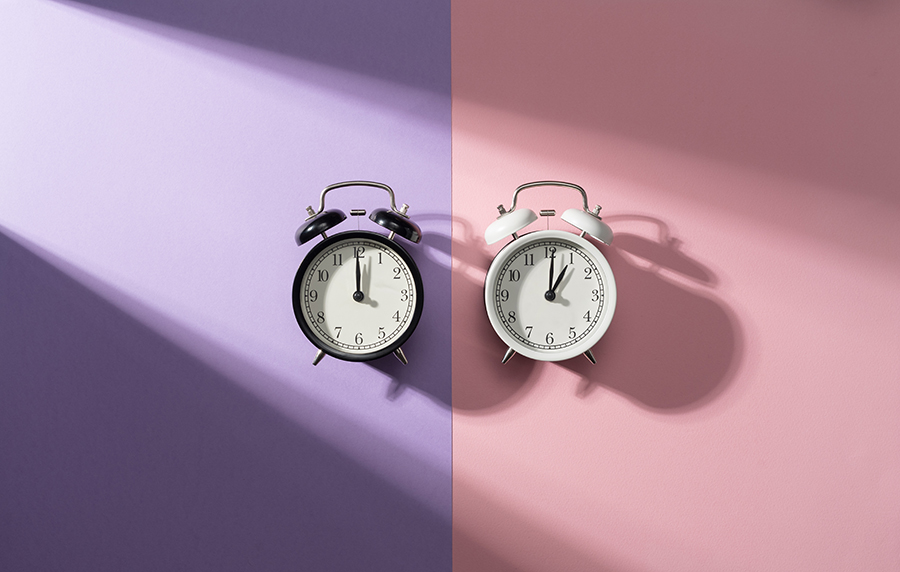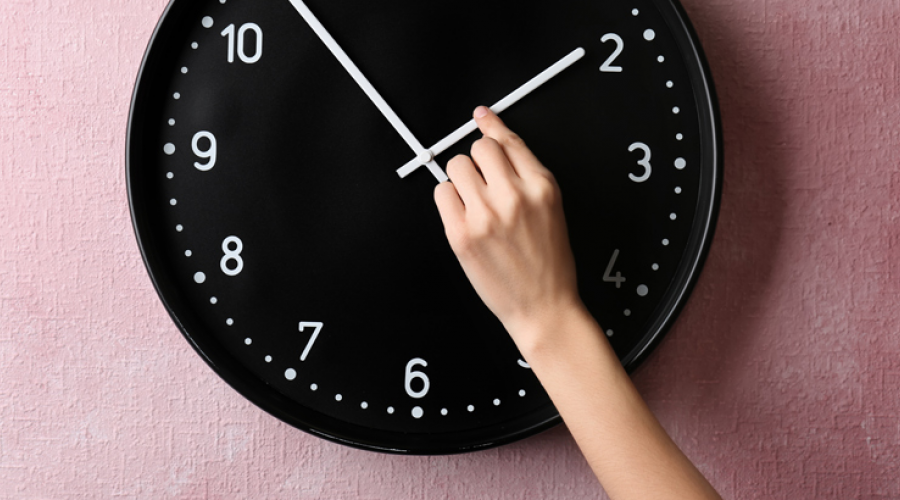Daylight Saving Time (DST) ends November 3 at 2:00 AM local time. If you notice your digital clocks jumping back from 2:00 back to 1:00, it’s not a glitch: we all gain an hour of sleep the night DST ends for the year. The United States began practicing DST (the adjustment of the clocks twice yearly) for the purposes of maximizing sunlight hours and conserving energy as much as possible.
Check out our previous articles on Daylight Saving Time for more information on the practice and its history, exceptions, the movement to make DST permanent in the United States, and more.
With the ending of DST, nights will become longer and longer, and less daylight can trigger the onset of the aptly named winter-pattern Seasonal Affective Disorder (SAD), also known as winter depression, which typically lasts 4-5 months, or until the spring brings warmer weather and more ample daylight. Even so, it is a chemical disorder which medical treatment can help, so talk to your health care providers if you begin experiencing SAD symptoms.

Treatments include light therapy, increased exposure to sunlight, psychotherapy, and/or antidepressant medication. Symptoms to watch for include:
● Increased feelings of sadness/anxiety
● Increased fatigue/drowsiness/lack of energy
● Excessive sleep
● Loss of interest in activities once enjoyed
● Difficulty focusing or concentrating
● Irritation/agitation, feelings of hopelessness, guilt, or worthlessness
● Increase appetite, especially carbohydrate cravings
● Heaviness in limbs
● Thoughts of death or suicide
If you have any questions or concerns, contact us anytime at info@gravityintprog.com. Stay safe and healthy!






